Exploring the world through its architecture reveals the soul of cultures and the ingenuity of human craftsmanship. From ancient wonders to modern marvels, these structures captivate with their beauty, innovation, and historical significance. This collection of 25 breathtaking buildings showcases the diverse architectural heritage that spans continents and eras. Each edifice tells a unique story, beckoning travelers and dreamers alike to witness their splendor. Join us on a journey through iconic structures that stand as testaments to human creativity and aspiration, and discover the awe-inspiring artistry that makes these buildings must-see destinations.
The Great Wall of China

Winding over China’s northern hills, the Great Wall stands as an emblem of perseverance. With its roots in the 7th century BC, this monumental fortification protected ancient civilizations. Segments built from stone, brick, and other materials create a mesmerizing serpentine pattern.
Walking its length, one feels the historical weight and marvels at the engineering feat. Each tower offers a unique vantage point, inviting contemplation of its storied past.
A UNESCO World Heritage site, it attracts millions eager to traverse its ancient paths and experience its timeless allure. The Great Wall is truly a testament to human tenacity.
Eiffel Tower
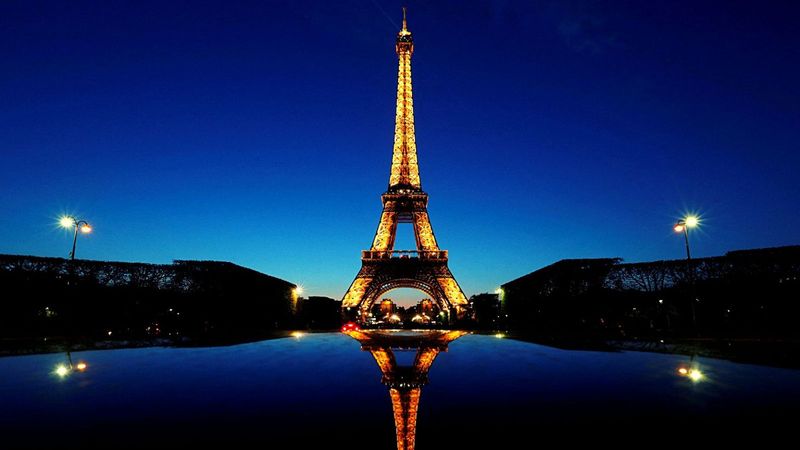
Rising above Paris, the Eiffel Tower is an enduring symbol of love and innovation. Designed by Gustave Eiffel, it was unveiled at the 1889 World’s Fair. Its iron lattice structure, once controversial, now captivates millions yearly.
From its summit, visitors are treated to panoramic city views, a visual delight that captures the romance of Paris.
This architectural wonder has inspired countless artists, poets, and filmmakers. Its nightly light show dazzles, offering a modern tribute to its timeless beauty. The Eiffel Tower remains a beacon of creativity and engineering excellence.
Taj Mahal
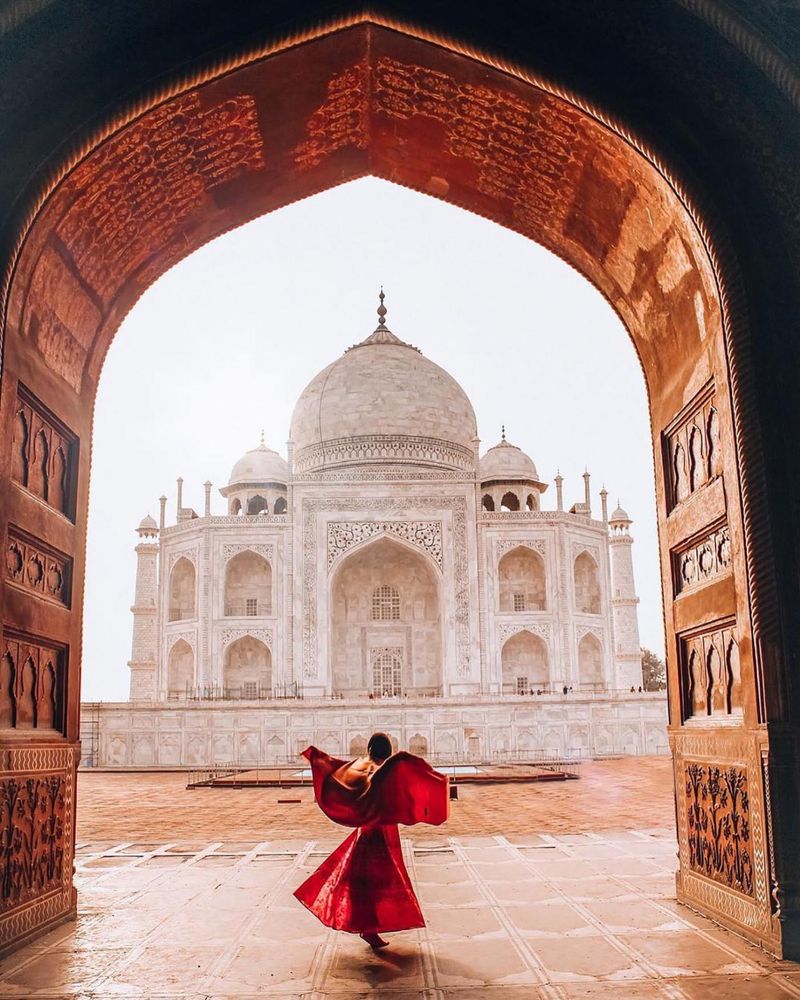
A testament to love’s enduring legacy, the Taj Mahal stands majestically in Agra, India. Commissioned by Emperor Shah Jahan in memory of his wife Mumtaz Mahal, this mausoleum is a masterpiece of Mughal architecture.
Crafted from luminescent white marble, its intricate inlays reflect the artistry of its creators. The surrounding gardens and reflecting pools enhance its ethereal beauty.
Visitors from around the globe flock to witness its harmonious design and serene ambiance. The Taj Mahal’s timeless elegance and emotional depth continue to captivate hearts, making it a must-visit monument.
Colosseum
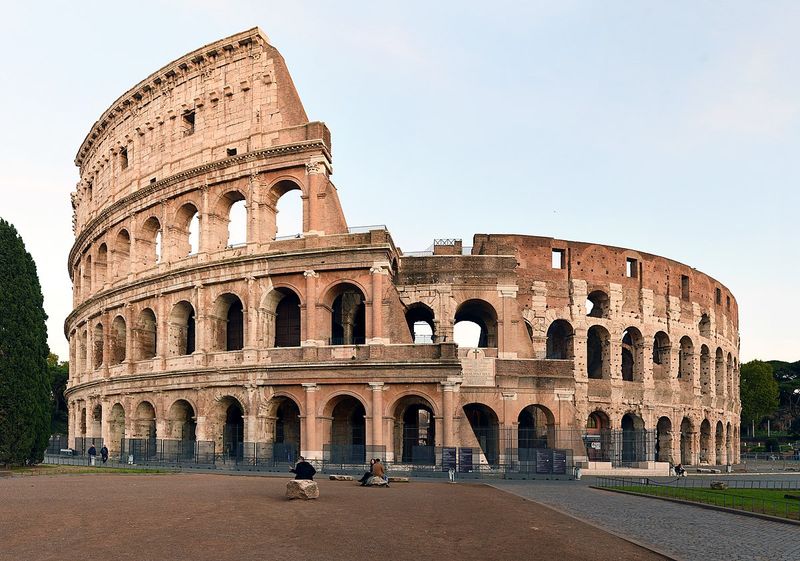
In the heart of Rome, the Colosseum stands as a relic of ancient Roman grandeur. This iconic amphitheater, inaugurated in AD 80, once hosted gladiatorial contests and public spectacles.
Its enduring architecture, characterized by magnificent arches and tiered seating, reflects Roman engineering prowess. Walking its corridors, one imagines the roaring crowds and epic battles that unfolded here.
A symbol of Rome’s imperial might, the Colosseum attracts history enthusiasts and tourists alike. Its shadowed history and impressive scale continue to intrigue and amaze visitors from around the world.
Sydney Opera House

A marvel of modern architecture, the Sydney Opera House graces the harbor with its distinctive sail-like design. Architect Jørn Utzon’s vision, realized in 1973, has become synonymous with Australia’s cultural identity.
This architectural icon hosts a myriad of performances, from opera to contemporary art, within its acoustically advanced spaces. Visitors often stroll its concourse, enjoying the mingling of nature and art.
The Opera House’s unique silhouette at sunset is a photographer’s dream, epitomizing the harmony between innovation and aesthetics. Its significance transcends its physical presence, representing artistic ingenuity.
Machu Picchu
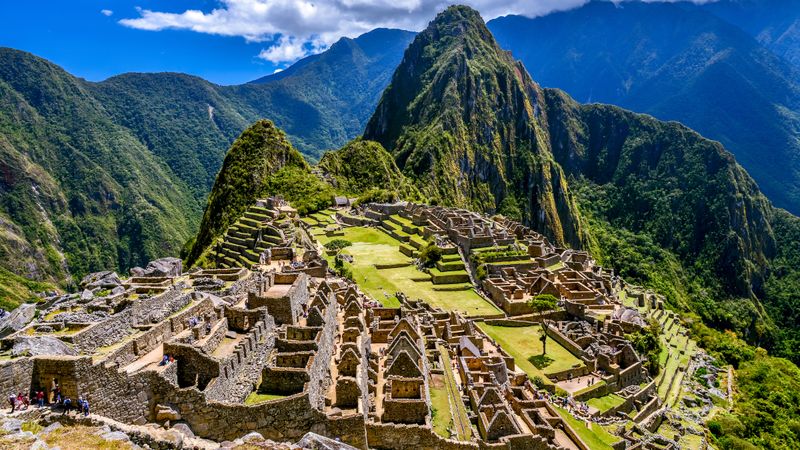
Nestled high in the Peruvian Andes, Machu Picchu remains an enigma of Incan civilization. This archaeological wonder, believed to be a royal estate, was unknown to the world until 1911.
Its terraces and stone structures, expertly crafted without mortar, demonstrate advanced Incan engineering. Lush greenery envelops the site, adding to its mystical allure.
Explorers and historians are drawn to its breathtaking vistas and intriguing history. As a UNESCO World Heritage site, Machu Picchu is a testament to human ingenuity and the enduring mystery of ancient cultures.
Burj Khalifa
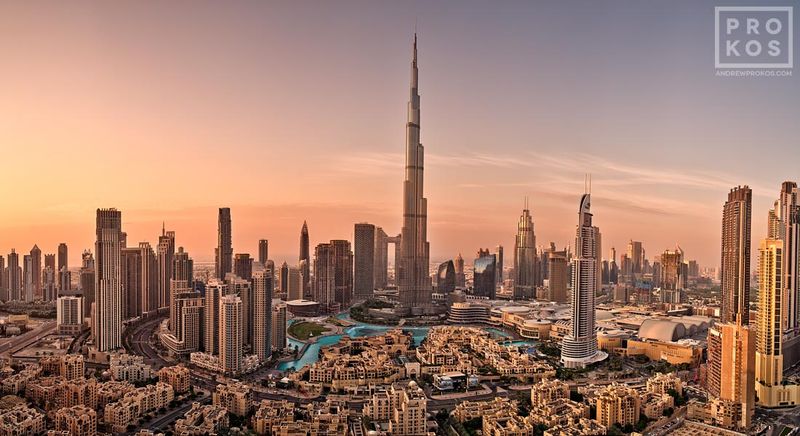
Soaring above the Dubai skyline, the Burj Khalifa epitomizes modern architectural ambition. As the tallest structure globally, its sleek design integrates cutting-edge technology with artistic flair.
Visitors ascend to its observation deck, marveling at panoramic views of the city and beyond. The building’s design draws inspiration from Islamic architecture, reflecting cultural harmony.
A symbol of Dubai’s rapid development and futuristic vision, the Burj Khalifa attracts tourists and professionals alike. Its stunning presence and engineering marvel continue to redefine urban landscapes and human aspiration.
Sagrada Familia
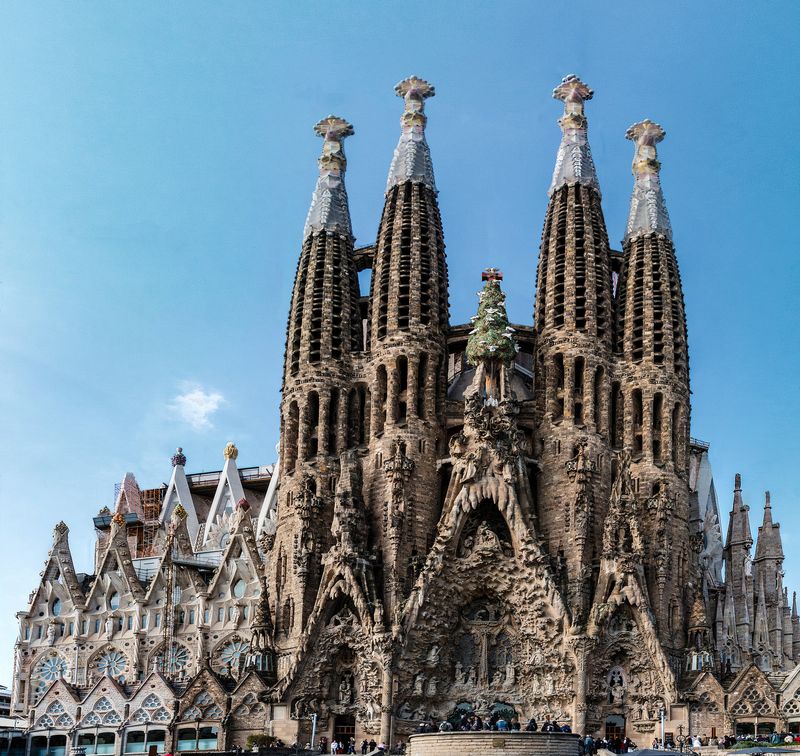
In Barcelona, the Sagrada Familia inspires awe with its fusion of Gothic and Art Nouveau styles. Designed by Antoni Gaudí, this basilica remains unfinished, a reflection of his visionary genius.
Its towering spires and whimsical facades invite exploration and admiration. Inside, sunlight streams through vibrant stained glass, casting a kaleidoscope of colors.
This architectural masterpiece captivates visitors with its innovative design and spiritual symbolism. As construction continues, the Sagrada Familia stands as a testament to creative ambition and unwavering dedication to art.
Angkor Wat
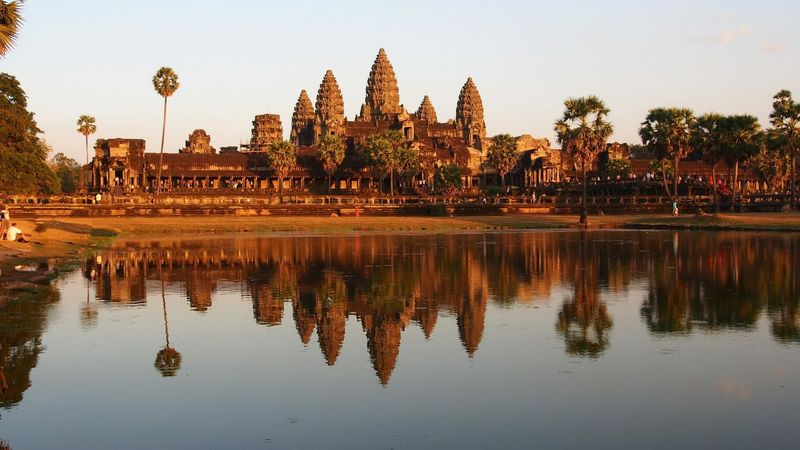
A symbol of Cambodia’s heritage, Angkor Wat is the world’s largest religious monument. Built in the 12th century, this Hindu temple exemplifies the grandeur of the Khmer Empire.
Its intricate carvings and expansive galleries narrate epic tales and depict celestial beings. The temple’s symmetry and scale inspire admiration from all who visit.
Surrounded by a lush jungle, Angkor Wat’s sunrise reflection in its moat is a sight to behold. This UNESCO World Heritage site continues to enchant historians and travelers with its cultural significance and architectural beauty.
Christ the Redeemer

Overlooking Rio de Janeiro from atop Corcovado Mountain, Christ the Redeemer is a beacon of faith and unity. This colossal statue, designed by Heitor da Silva Costa, was completed in 1931.
Its outstretched arms symbolize peace, offering a welcoming embrace to all. The panoramic view from the base reveals Rio’s breathtaking landscape.
A symbol of Brazilian identity, it draws millions of pilgrims and tourists each year. Christ the Redeemer’s majestic presence and spiritual significance make it one of the world’s most admired monuments.
Stonehenge
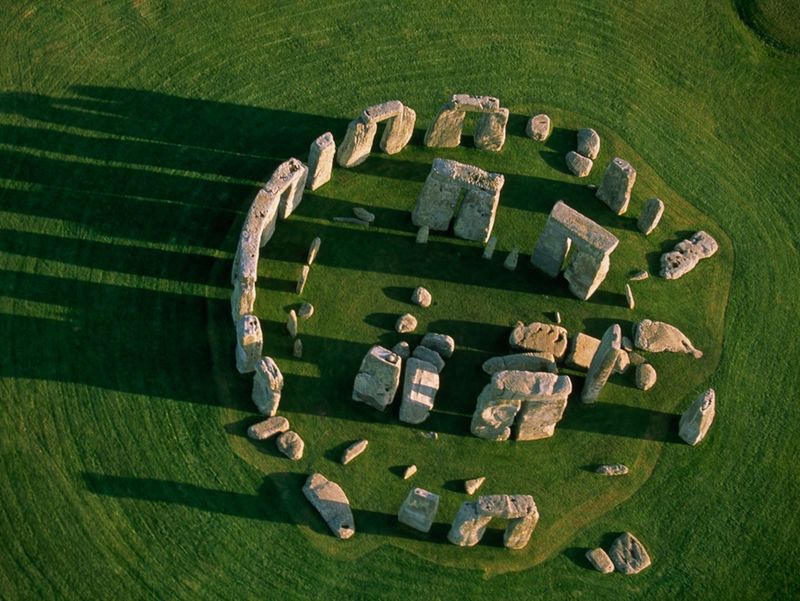
Shrouded in mystery, Stonehenge stands as a prehistoric marvel in the English countryside. This ancient stone circle, dating back to 3000 BC, has puzzled historians and archaeologists for centuries.
Each massive stone, carefully arranged, hints at astronomical alignments and ceremonial purposes. Visitors are drawn to its enigmatic aura and historical intrigue.
As one of the world’s most famous landmarks, Stonehenge continues to captivate imaginations, offering glimpses into ancient civilizations’ rituals and beliefs. Its enduring mystery and timeless presence make it a must-visit site.
Neuschwanstein Castle
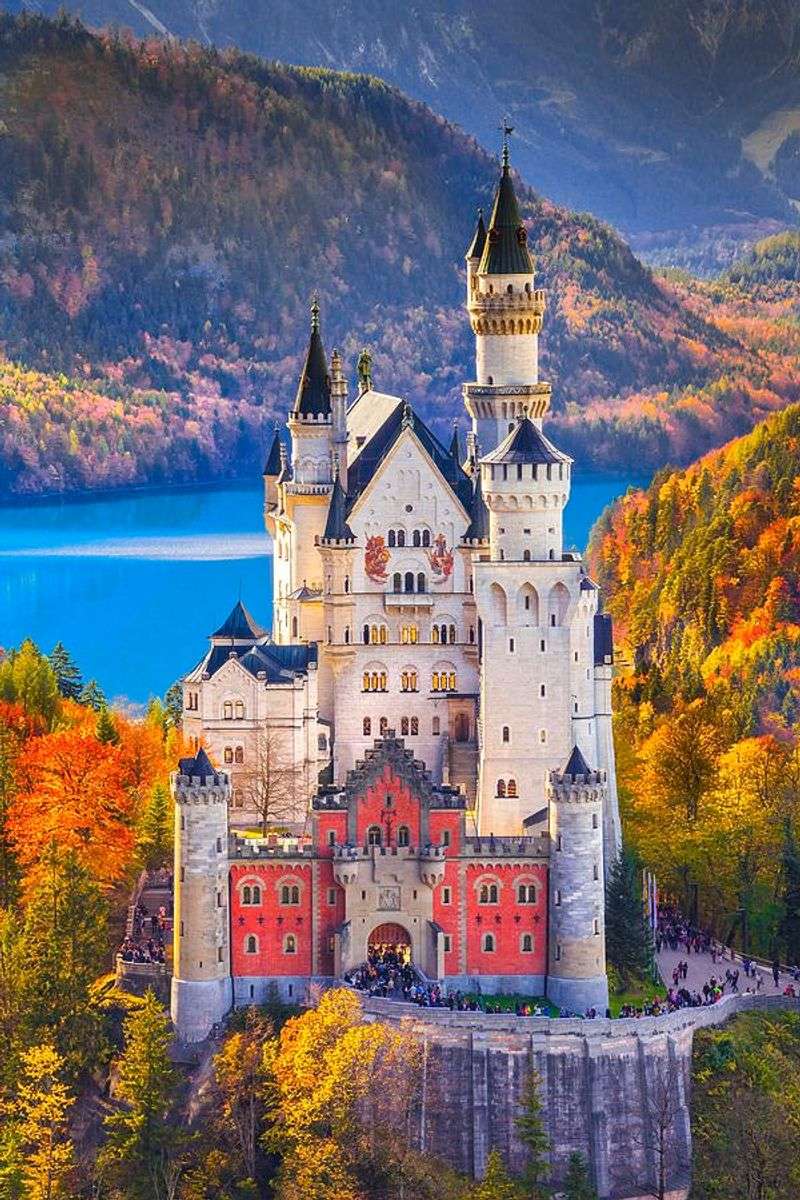
Perched atop a Bavarian hill, Neuschwanstein Castle is a dreamlike vision brought to life. Commissioned by King Ludwig II in the 19th century, it draws inspiration from medieval legends.
The castle’s whimsical turrets and lavish interiors transport visitors to a fairytale realm. Nestled amidst verdant forests, it offers stunning views of the surrounding landscape.
A masterpiece of Romantic architecture, Neuschwanstein has inspired countless stories and even Disney’s Sleeping Beauty Castle. Its enchanting beauty and historical allure continue to captivate dreamers and history enthusiasts alike.
Petra
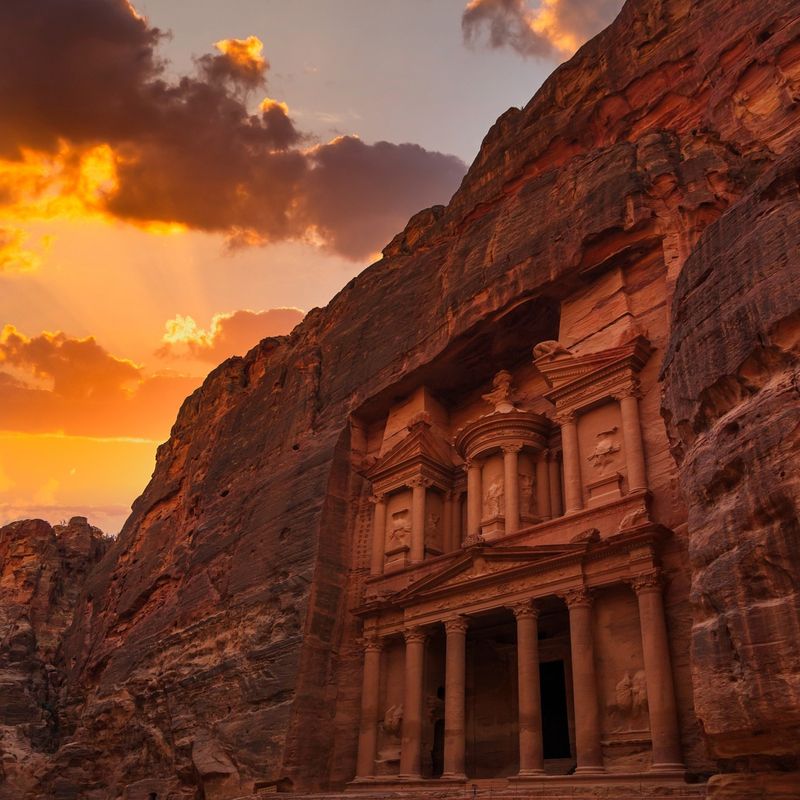
Hidden within Jordan’s rugged terrain, Petra whispers tales of ancient trade and prosperity. This rose-red city, carved into sandstone cliffs, flourished as the Nabatean capital.
Visitors traverse the narrow Siq, a dramatic canyon leading to the iconic Treasury. The architectural marvels of Petra reveal a blend of Hellenistic and Eastern influences.
A UNESCO World Heritage site, it remains an awe-inspiring testament to human resilience and artistry. Petra’s unique allure and historical significance continue to beckon adventurers and historians alike.
St. Basil’s Cathedral
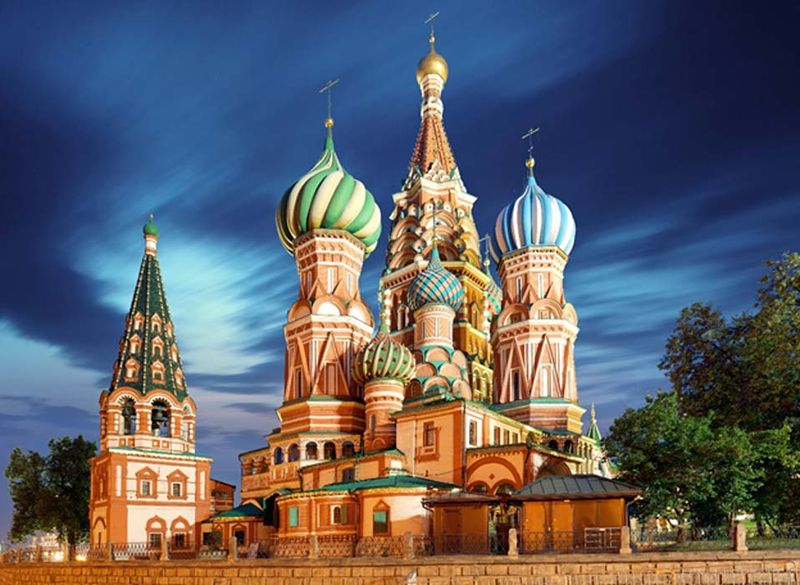
In the heart of Moscow, St. Basil’s Cathedral captures the imagination with its vivid colors and whimsical design. Built in the 16th century, it commemorates Ivan the Terrible’s victory over Kazan.
Its onion-shaped domes, adorned with intricate patterns, create a visual symphony of color. Inside, visitors explore a labyrinth of chapels and corridors steeped in history.
A symbol of Russia’s cultural heritage, St. Basil’s stands as an architectural masterpiece. Its unique design and historical resonance continue to fascinate travelers from around the globe.
Louvre Museum
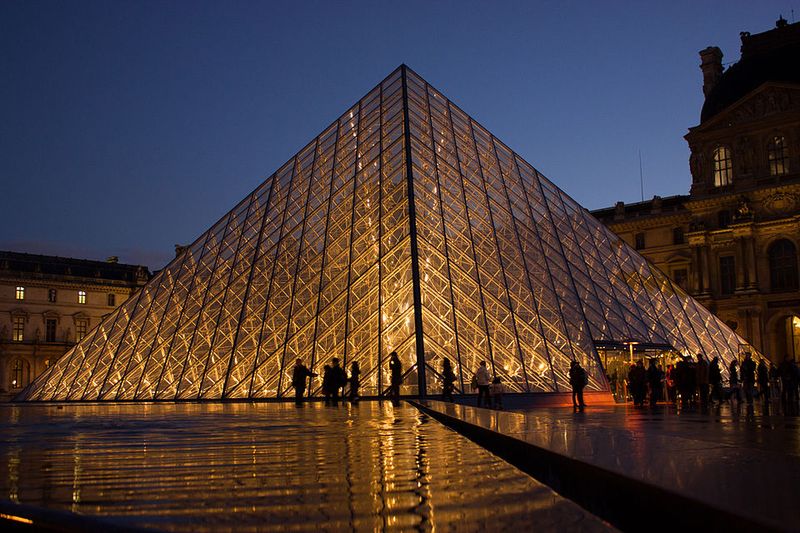
Home to masterpieces like the Mona Lisa, the Louvre Museum is a beacon of art and history. Situated in Paris, this iconic museum blends classical architecture with modern innovation.
Its glass pyramid entrance, designed by I.M. Pei, contrasts beautifully with the historic palace. Inside, vast collections span centuries and cultures, inviting exploration and discovery.
Art lovers and history enthusiasts alike find inspiration within its walls. The Louvre’s blend of tradition and modernity continues to draw millions, offering a timeless journey through human creativity.
Pyramids of Giza
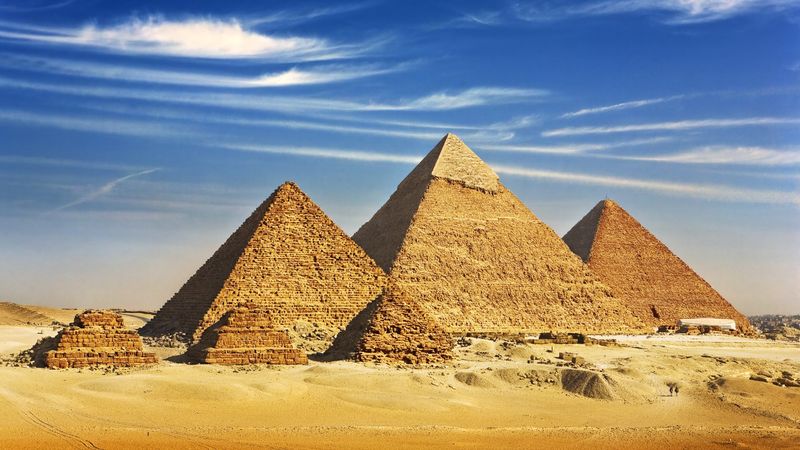
Rising from the Egyptian sands, the Pyramids of Giza are ancient wonders that defy time. Built as tombs for pharaohs, these monumental structures reflect the Egyptians’ architectural prowess.
The enigmatic Sphinx stands guard nearby, adding to the site’s mystique. Visitors marvel at the precision and scale of these colossal pyramids.
Steeped in history and legend, the Pyramids of Giza continue to inspire curiosity and awe. As one of the Seven Wonders of the Ancient World, they offer a glimpse into a civilization’s grandeur and ingenuity.
Palace of Versailles
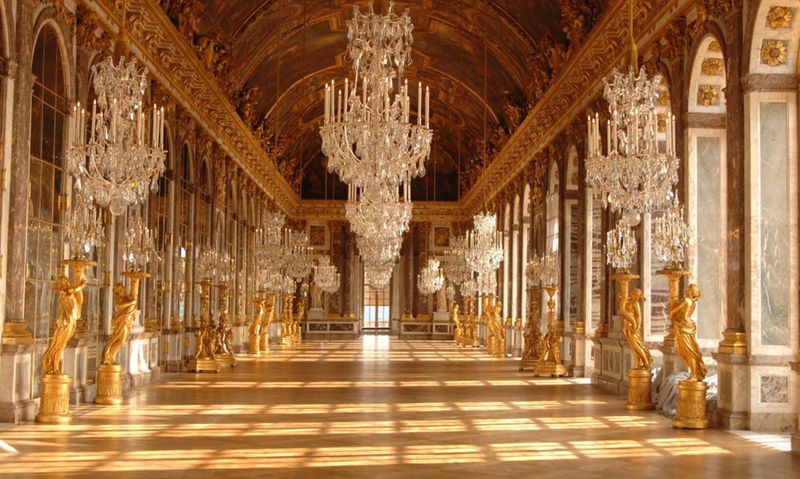
A symbol of royal extravagance, the Palace of Versailles is a masterpiece of French Baroque architecture. Located near Paris, it was the seat of power for Louis XIV.
The opulent Hall of Mirrors and expansive gardens reflect the grandeur of the French monarchy. Visitors wander its lavish halls, imagining the courtly life of a bygone era.
A UNESCO World Heritage site, Versailles captivates with its historical significance and architectural beauty. Its splendor continues to draw admirers from around the world, offering a glimpse into royal opulence.
Hagia Sophia
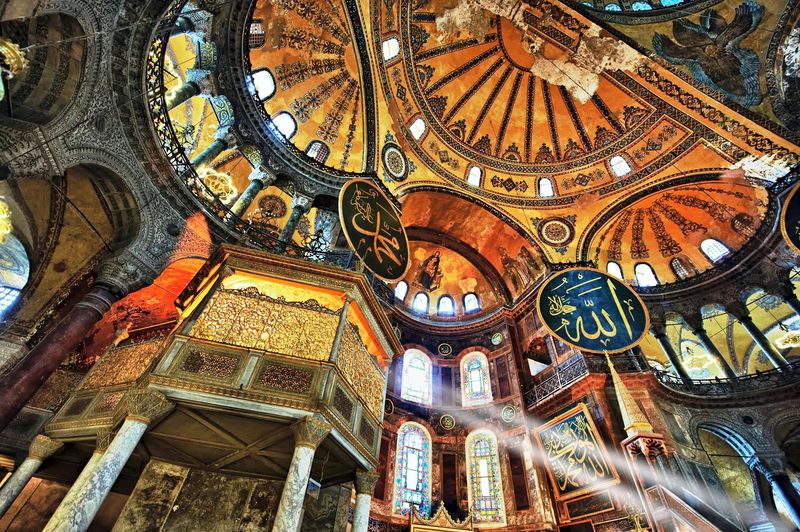
In Istanbul, Hagia Sophia stands as a testament to the confluence of cultures and religions. Originally a Byzantine cathedral, it later became an Ottoman mosque and now serves as a museum.
Its massive dome and exquisite mosaics embody architectural innovation and artistic achievement. Visitors are awed by its grandeur and historical depth.
Hagia Sophia’s dynamic history and cultural richness continue to captivate scholars and tourists alike. It’s a living symbol of the city’s diverse heritage and enduring significance.
Empire State Building
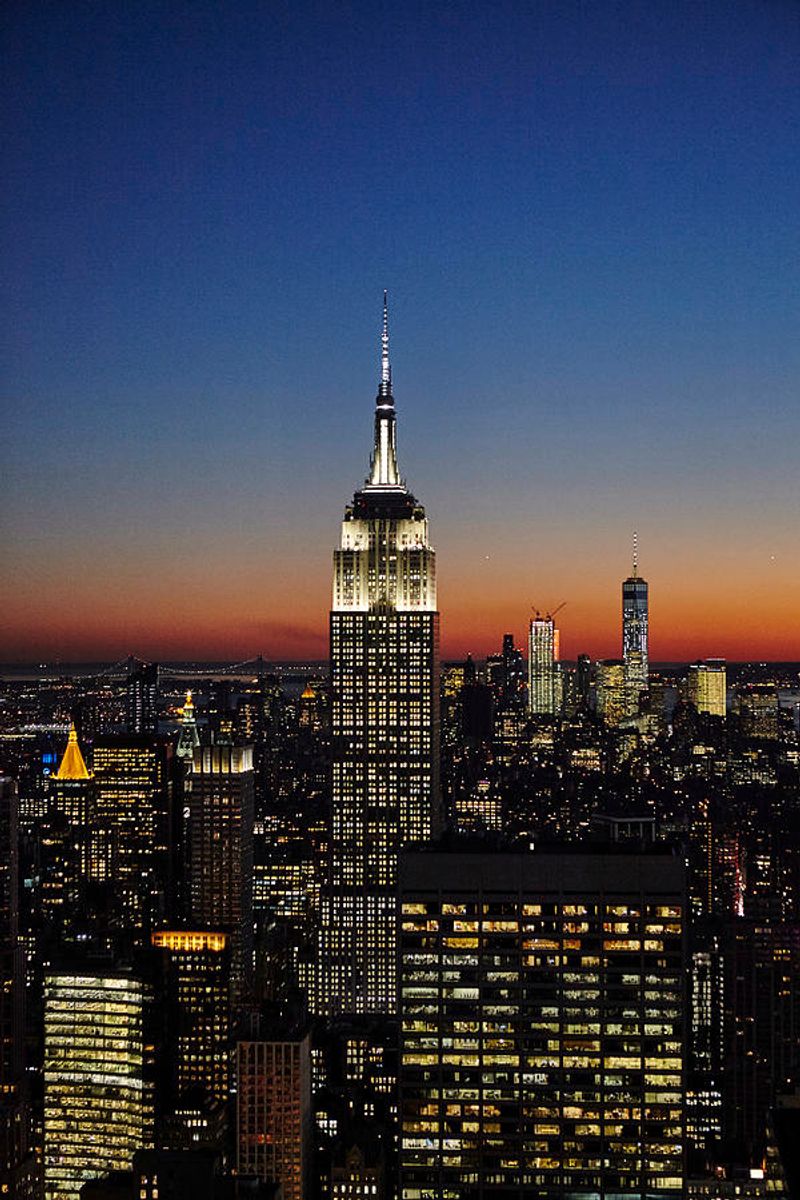
A beacon of American aspiration, the Empire State Building is an icon of New York City’s skyline. Completed in 1931, this Art Deco skyscraper once held the title of the world’s tallest building.
Its observation deck offers breathtaking views of the bustling metropolis. Visitors experience the energy and ambition embodied by this architectural marvel.
A symbol of resilience and innovation, the Empire State Building continues to inspire dreamers and builders. Its storied history and commanding presence make it a must-see landmark.
Golden Gate Bridge
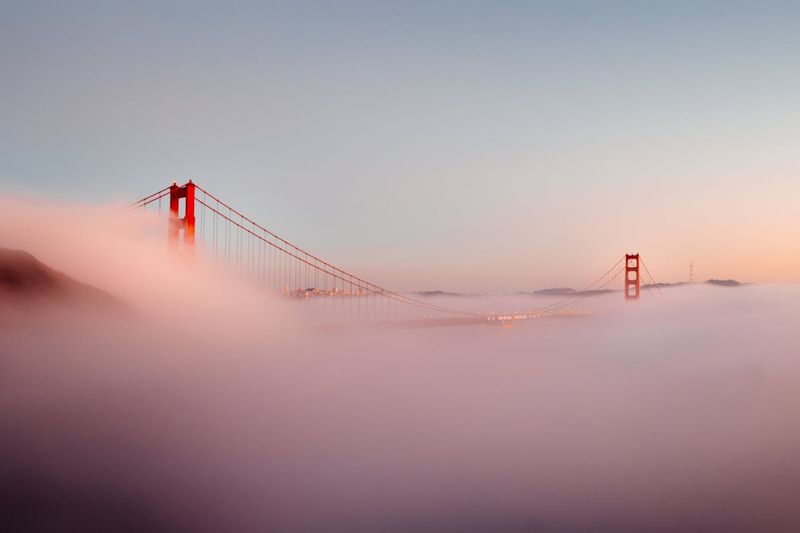
Spanning the entrance to San Francisco Bay, the Golden Gate Bridge is an engineering triumph. Its distinctive International Orange color and sweeping Art Deco design make it instantly recognizable.
Fog often envelops the bridge, adding an ethereal charm to its silhouette. Cyclists and pedestrians traverse its length, enjoying panoramic vistas of the bay and city.
A symbol of human ingenuity and ambition, the bridge attracts millions of visitors each year. Its majestic beauty and historical significance continue to captivate and inspire.
Notre-Dame Cathedral
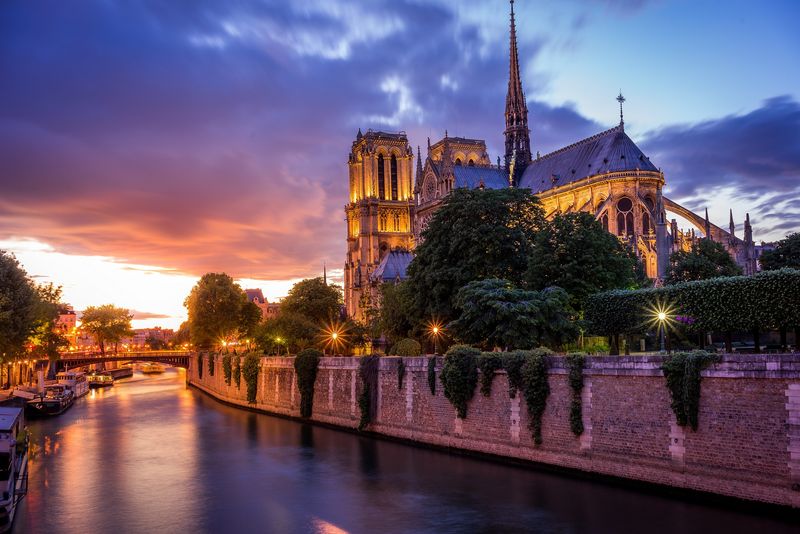
A masterpiece of Gothic architecture, Notre-Dame Cathedral graces the Île de la Cité in Paris. Its intricate facades and iconic rose windows captivate all who visit.
The cathedral’s storied history includes coronations and cultural milestones, making it a symbol of French heritage. Inside, the play of light through stained glass creates a serene ambiance.
Despite challenges, Notre-Dame’s resilience and beauty endure. It remains a beloved cultural landmark, inspiring awe and admiration in visitors from around the world.
Fallingwater
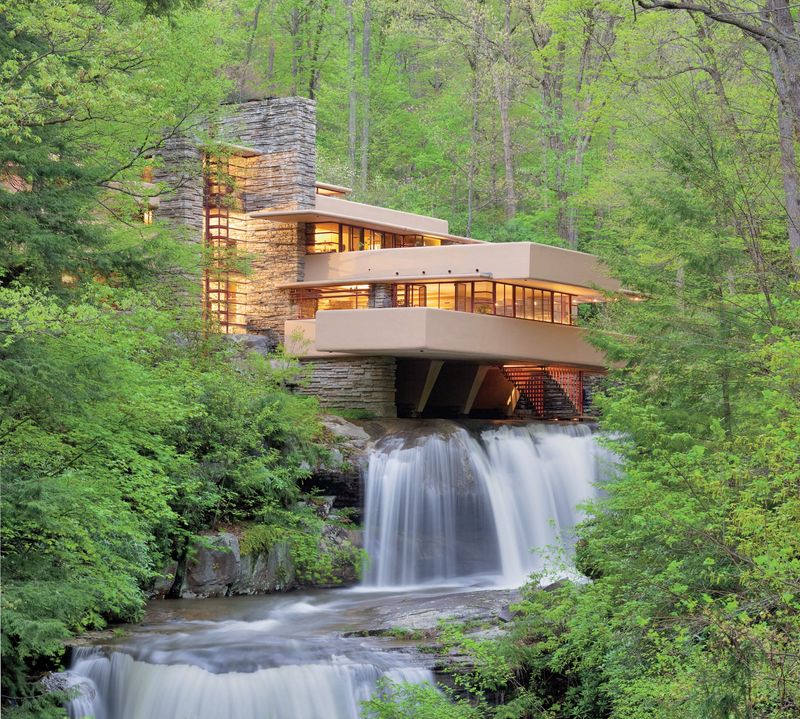
In the forests of Pennsylvania, Fallingwater stands as an icon of organic architecture. Designed by Frank Lloyd Wright, this house seamlessly integrates with its waterfall setting.
Visitors marvel at its innovative design, where nature and structure coalesce. The house’s cantilevered terraces offer stunning views, blurring the line between inside and out.
Fallingwater’s harmony with its natural surroundings reflects Wright’s architectural philosophy. It’s a testament to creativity and environmental integration, captivating architects and nature lovers alike.
Parthenon
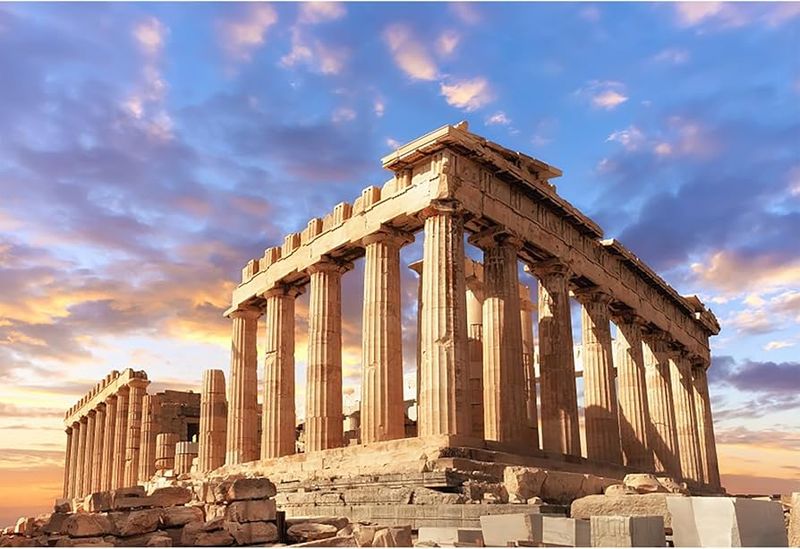
Perched atop the Acropolis, the Parthenon is the crown jewel of ancient Athens. Dedicated to the goddess Athena, it epitomizes classical Greek architecture’s elegance and precision.
Its Doric columns and sculptural details reflect the artistic achievements of its creators. Visitors are transported back to a time of philosophical and cultural flourishing.
As a symbol of democracy and Western civilization, the Parthenon’s enduring legacy continues to inspire. It remains a timeless testament to human creativity and intellect.
The Dancing House
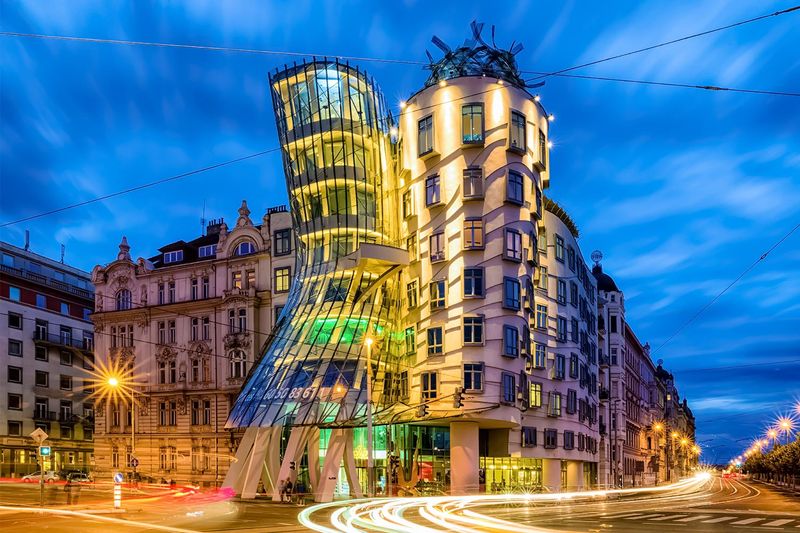
In the heart of Prague, the Dancing House stands as a symbol of modern innovation. Designed by Frank Gehry and Vlado Milunić, its silhouette evokes movement, resembling a dancing couple. The structure’s glass and concrete waves contrast sharply with the surrounding Baroque architecture. Inside, you’ll find a dynamic fusion of form and function, housing offices and a rooftop restaurant with stunning city views. This playful design challenges traditional architectural norms, inviting observers to reflect on the power of imagination. Its unique style makes it a beloved fixture in Prague’s skyline.
Lotus Temple
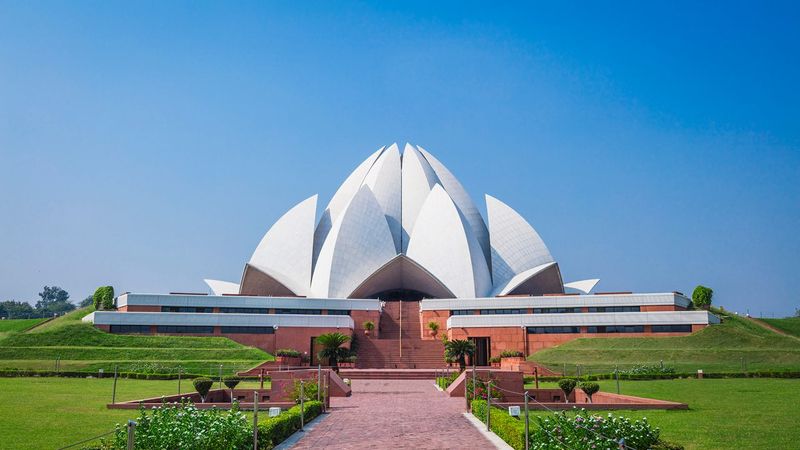
New Delhi’s Lotus Temple captivates with its floral-inspired design. Made of pristine white marble, it resembles a blooming lotus, symbolizing peace and purity. Architect Fariborz Sahba’s vision was realized by 27 free-standing petals, creating nine sides that welcome visitors of all faiths. Emerging from nine pools, the temple seems to float on water, enhancing its serene ambiance. Its tranquil ambiance and unique beauty draw millions annually. Inside, a vast hall devoid of idols or images invites meditation and reflection. This harmonious blend of nature and spirituality sets it apart.


